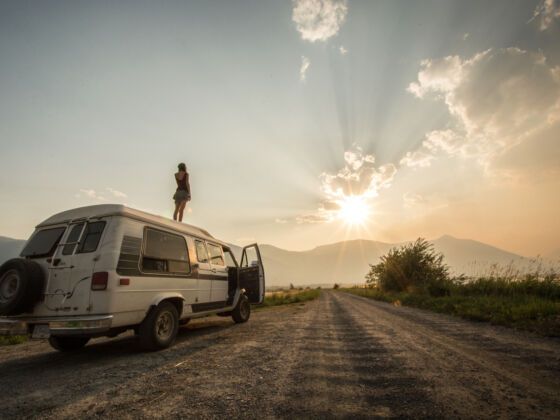I SPENT 6 YEARS as a young traveler exploring the globe, and have been fortunate to have spent the last 18 years working in the travel industry, both in the inbound and the outbound tourism markets.
The concept of going on a holiday hasn’t really changed in the last two decades. There’s still the aspiration, the need to fund it, plan for it, book it, and travel to it. Once there, there’s the requirement of sleep and food and the desire to explore. Sights such as the Eiffel Tower, the Egyptian Pyramids, or walking the Inca Trail haven’t changed, yet subtle shifts have altered the travel experience in some big ways.
